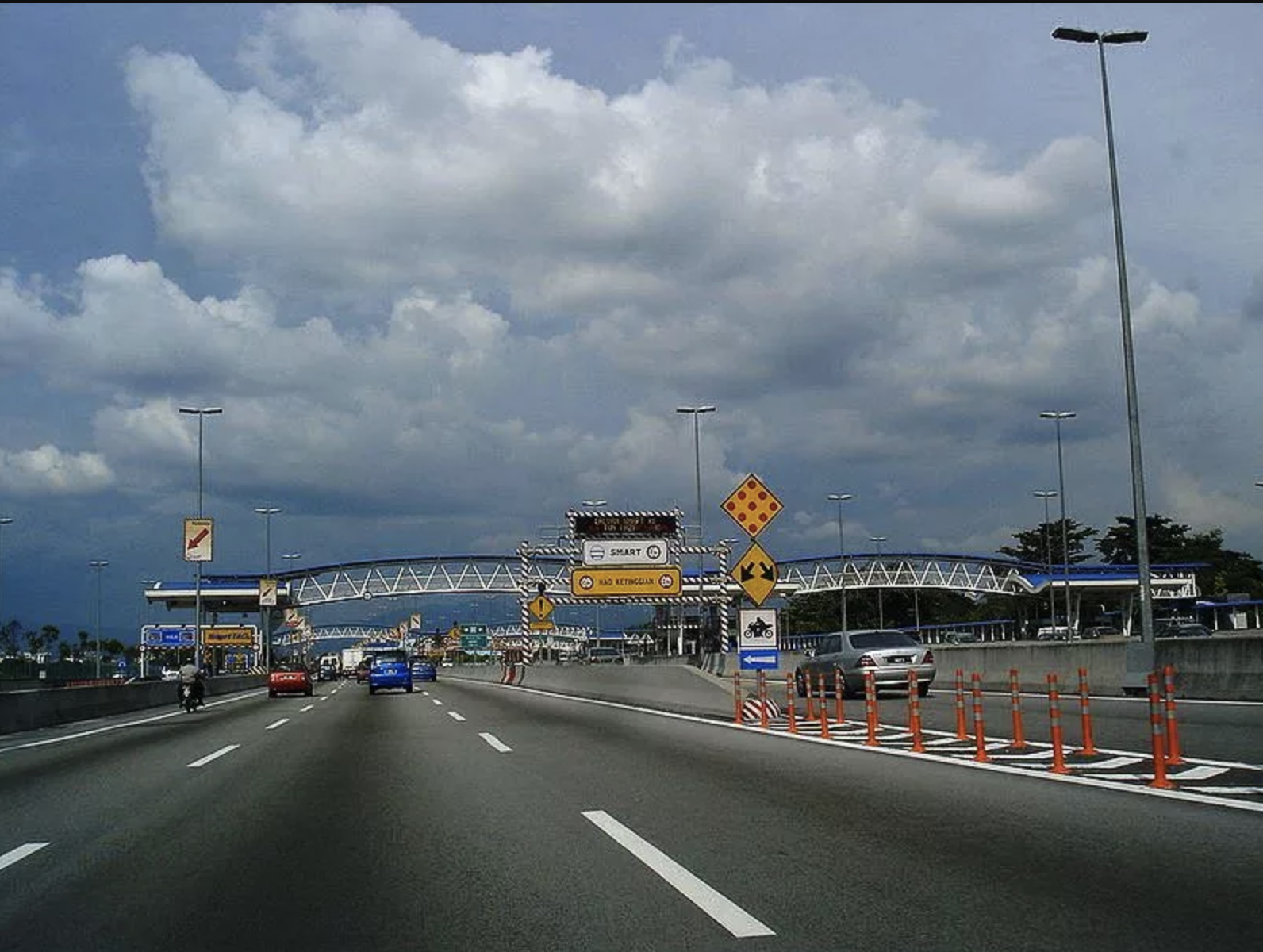

(Photo: Wikimedia Commons)
The necessity of cutting greenhouse gas emissions is at the heart of the Paris climate agreement, and, without that, nothing else may matter, scientists tell us, warning of spiraling climate catastrophes like droughts, killer heat waves, and megastorms that could wreck even advanced societies.
But as the world struggles to avoid going over the brink, it must also pay attention to climate justice and climate finance, secondary pillars of the agreement, and of the United Nations Framework Convention on Climate Change, ever since the 1992 Rio Earth Summit, which codifies the idea that developed countries historically responsible for most of the globe’s heat-trapping pollution will pay to help developing countries deal with adaptation and equitable mitigation.
The Paris commitment of $100 billion per year by 2020 might sound like a lot, but the full cost of climate change is nearly incalculable. Every dollar counts, so it’s vitally important to track the money that is flowing through climate finance channels, according to climate watchdog groups at the current round of talks at COP23 in Bonn.
Integrity and accountability are essential for fairly disbursing the tens of millions of dollars flowing through a complex web of finance channels, including five separate UNFCCC funds, says Brice Böhmer, climate program director at Transparency International, a global anti-corruption coalition that tries to identify cases of climate finance fraud—and to develop best practices to avoid it.
Identifying Climate Fraud
Böhmer says there’s potential for corruption at every level of climate finance; just take the evidence by abuse in the European carbon-trading market in 2008, when Slovak government officials sold carbon credits at half price in a sweetheart deal to friendly companies who turned a quick profit when they resold them at market rates.
“Citizens were paying for this private game,” Böhmer says, noting that “petty corruption but also large-scale embezzlement” are also problems to address, as shown by a recent Mongabay report based on information leaked as part of the Paradise Papers suggesting that an Indonesian pulp and paper company had environmental conditions removed from a $600 million loan accessed with climate finance mechanisms.
Growing pains in the climate finance field are part of the problem, as is the ongoing financial tug-of-war between rich and poor countries over how, exactly, to allocate the money.
According to the Transparency International Corruption Perception Index, the most vulnerable countries receiving climate finance also face endemic levels of corruption. Böhmer says that developed countries have the obligation to enhance their support to these less-wealthy countries while also supporting improvements on the governance side to make sure climate finance reaches the affected communities.
“This is an area of shared responsibility and efforts have to be made from all stakeholders,” he says.
Best Practices
The Paris Agreement deliberately left much of the terminology around climate finance vague to satisfy all the parties, but that won’t work in the long run. To make the system work, it has to be defined, and that requires clear and robust definitions of climate finance to start with—a step that would make it easier to identify fraud when it happens.
Böhmer says more direct and constant engagement by civil society, beyond back-of-the-room speaking slots, would help hold make the financing process more transparent and that individual decision-makers should be held accountable to strict codes of conduct.
His organization is also pushing for external, independent third-party review and monitoring systems, mirroring the framework that’s emerging for verifying greenhouse gas emission targets under the Paris Agreement.
Green Climate Fund
So far, negotiators in Bonn are paying a lot of attention to the transparency and accounting of climate finance, says Niranjali Amerasinghe, who has been tracking finance sessions at COP23 for the World Resources Institute.
The need for stronger climate financing is growing more urgent by by the day in a world where global warming is intensifying deadly heatwaves, crop-killing droughts, and extreme storms, she says.
“We’re talking about a situation where we need all hands on deck. There’s a scarce amount of public funding out there and we need to use that wisely, where private sector won’t go yet to unlock places and make them accessible to private funding,” Amerasinghe says.
There are encouraging examples of successful projects that can be used as case studies to develop best practices guidelines for future investments. In the Philippines, a road that was constructed with climate financing before Super Typhoon Haiyan hit was one of the very few roads to remain open after the storm. That eased relief efforts considerably, showing the importance of resilient infrastructure.
In one of the first projects approved by the Green Climate Fund under the UNFCCC, a New York-based social investment fund partnered with an East African venture partner to provide off-grid solar power directly to households. In Kuala Lumpur, climate financing was used to build a “smart” tunnel that eases traffic, cuts pollution, and also helps control flood waters, Amerasinghe notes.
Investments in climate intelligence also helps, she says, highlighting work in Malawi on combining climate data and science with actionable information for farmers and fishermen. in the best-case scenario, countries will start to take their fates into their own hands, by implementing their own climate financing guidelines and funding mechanisms via national banks and other institutions.




